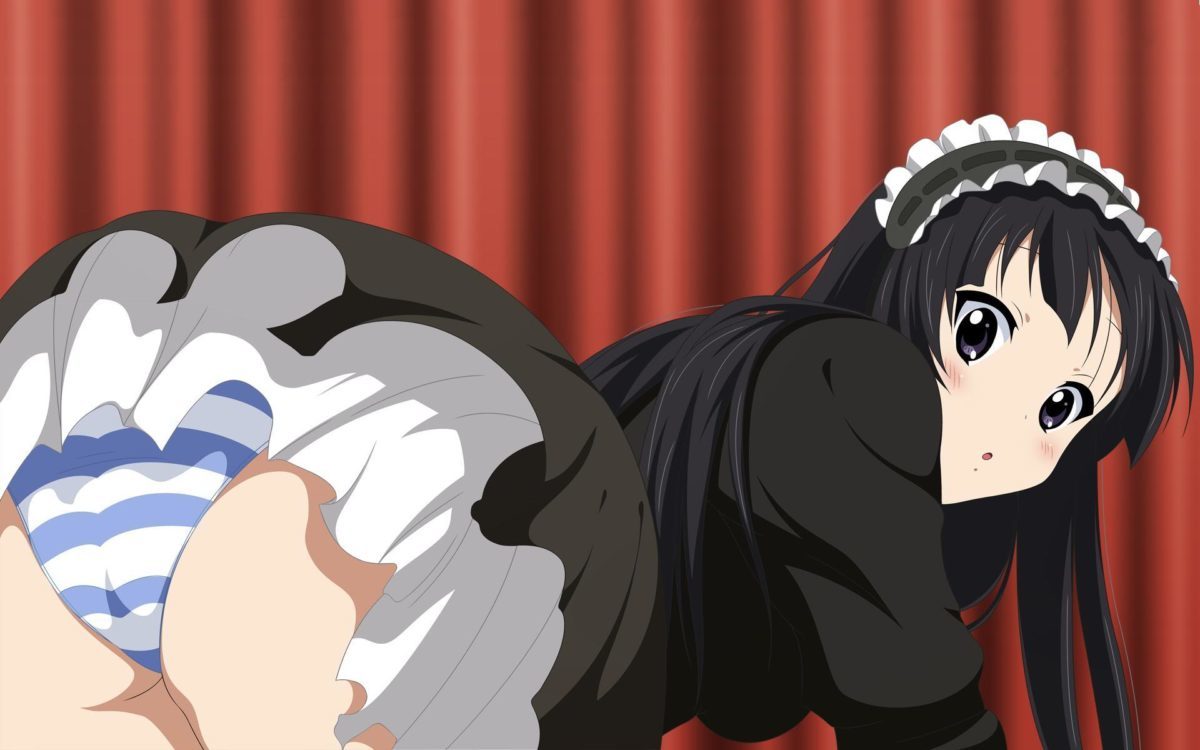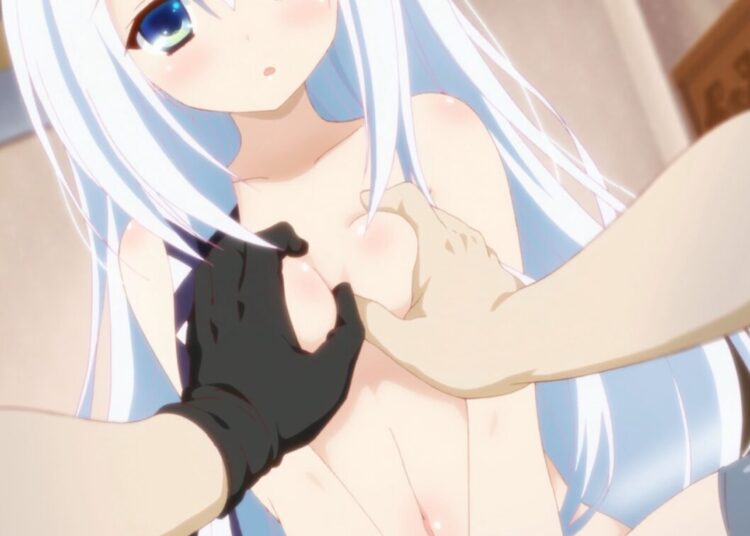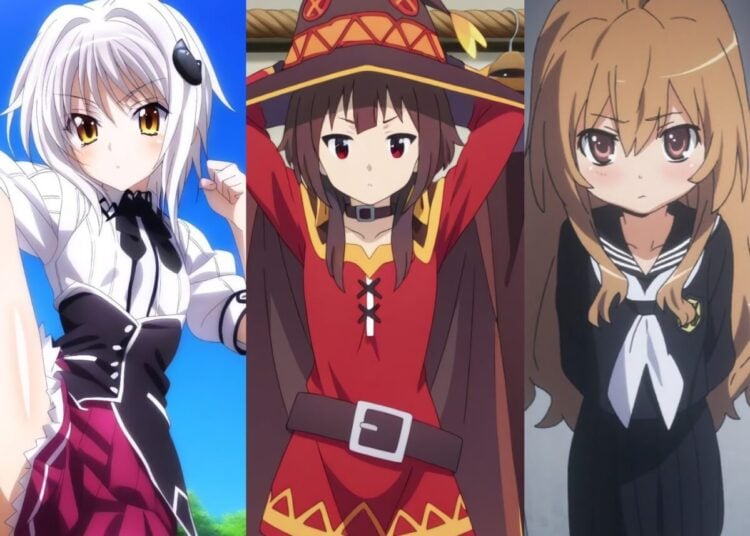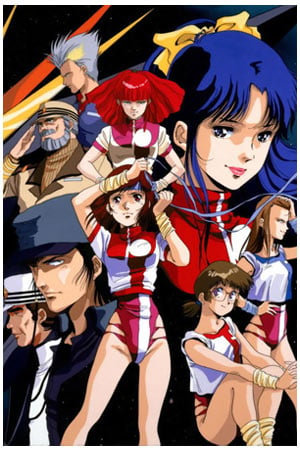It can be fun to try and trace the origins of anime-related memes. For example, if you use the phrase mai waifu to describe your favorite female character, you’re actually making an Azumanga Daioh reference. The term moe, which I translate as “the warm, fuzzy feeling you get when contemplating your favorite female anime character,” is thought to have come from the name of Sailor Saturn (Tomoe Hotaru). The striped panties known as shimapan are considered a fundamental element of anime today, but where did they come from? According to my exhaustive research, they were popularized by an anime called Stellvia of the Universe and took off from there. How about the nosebleeds that male characters get when they get excited? It comes from a 1970 Shonen Jump manga called Yasuji’s Life Lessons for Messed Up Kids, and has been with us ever since. If you watch old anime series from the 80s and early 90s, you’ll notice something odd: a lack of throw-away fanservice episodes in which all the female characters take a bath together for no reason, which is a tradition started by shows like Love Hina and Ai Yori Aoshi. Recently anime has been filled with stories involving imouto (younger sister) characters, from Oreimo to Nakaimo to Oniai and various popular eroge titles, but did you ever wonder where Japan’s fascination with this subject came from? I believe the origin lies in a 1983 anime called Miyuki by Adachi Mitsuru, who also created Touch and H2. It tells the story of Masato, whose younger sister Miyuki (not related by blood) returns to Japan after living abroad for six years. Meanwhile, Masato gets a cute girlfriend who’s also named Miyuki, and a love triangle between him and the two girls is launched.
Of course it can be hard to pin down where these concepts actually originate from, and there are often multiple theories. One design element that’s used in hundreds of anime characters today is called 阿呆毛 ahoge, lit. “idiot hair” in Osaka dialect, which describes the single disobedient strand of hair that sticks up from the heads of characters like Saber from Fate/stay night, Rikka from Chu2koi, and the entire Araragi family from the Bakemonogatari/Monogatari series. A normal slang word in use since the 1980s to describe unruly hair, it jumped to the 2D world around 1990 in a minor manga series by Yamada Nanpei, then was used in a 1996 eroge by Leaf called Kizuato, which caused ahoge to explode in popularity. On the other hand, grandfather Namihei from Sazae-san has been defined by his single strand of hair since the show started airing in 1969, and even Superman has that famous finger of unkempt hair on his forehead. So who gets credit for “creating” ahoge hair? Like where those amazing Absolute Zone socks came from and why main characters always sit in this part of the class, it’s a question we may never know the answer to.
















